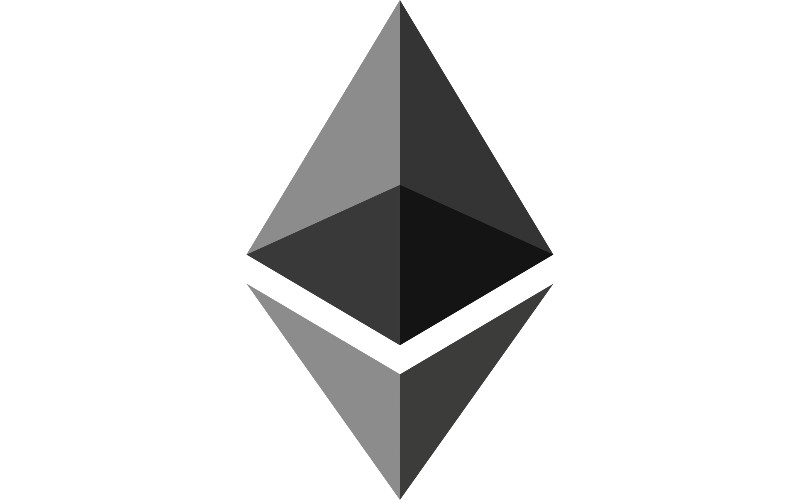Decentralised network for smart contracts on the blockchain. Created in 2015, it features its own cryptocurrency, Ether, and works as a platform for numerous other cryptocurrencies.
Mission
Ethereum’s goal is to become a global platform for decentralised applications, allowing users to create software which is impervious to censorship, downtime and fraud.
The smart contract computer programs created on its network are not only transparent, but capable of responding to real-world developments according to pre-set conditions. This does away with the need for intermediaries between contractors and reduces transaction costs.
Use-cases
Ethereum is effectively a worldwide computer system enabling smart contracts which are secure, transparent and verified rapidly at low cost. A low-level example could be an automatic transfer of payment once receipt of delivered goods has been confirmed.
It provides options for payment through the blockchain using its own currency, Ether, although the volatility of its valuation has led to the creation of ‘stablecoins’ such as Tether (USDT) which are pegged to traditional currencies. It also serves to host other cryptocurrency tokens on its network. Many of these projects – e.g. Uniswap (UNI) – are leading the future of decentralised finance (DeFi), a payments system which bypasses the need for financial institutions to act as intermediaries.
Non-fungible tokens are also made possible by Ethereum. NFTs are unique and can represent undisputed ownership of anything, including real-world assets such as a plot of land, or digital assets such as digital art.
Founders
Vitalik Buterin wrote the original whitepaper in 2013 and launched Ethereum with seven co-founders in 2015, funded by an online public crowd sale the year before. The Russian-Canadian still works on improving the platform to this day and co-founded the Bitcoin Magazine news website prior to launching Ethereum.
Former Microsoft research scientist Gavin Wood, a Briton, was the first coder to work on Ethereum and initial chief technology officer of the Ethereum Foundation. The other co-founders are Anthony Di Iorio, who underwrote the project in the early stages; Canadian entrepreneur Joseph Lubin, who also helped fund it early on; Charles Hoskinson, who established the Ethereum Foundation and its legal framework; Mihai Alisie; Jeffrey Wilcke; and Amir Chetrit, who left the project early in its development.
Economics
Unlike Bitcoin, Ethereum is not a deflationary currency – in other words, its total supply is not limited, so its value over time is less protected, in theory. ETH’s issuance rate is decided via consensus.
Around half of the ETH coins in circulation were allocated to those backing the initial crowd sale, with most of the remainder issued as block rewards to miners on the Ethereum network.

